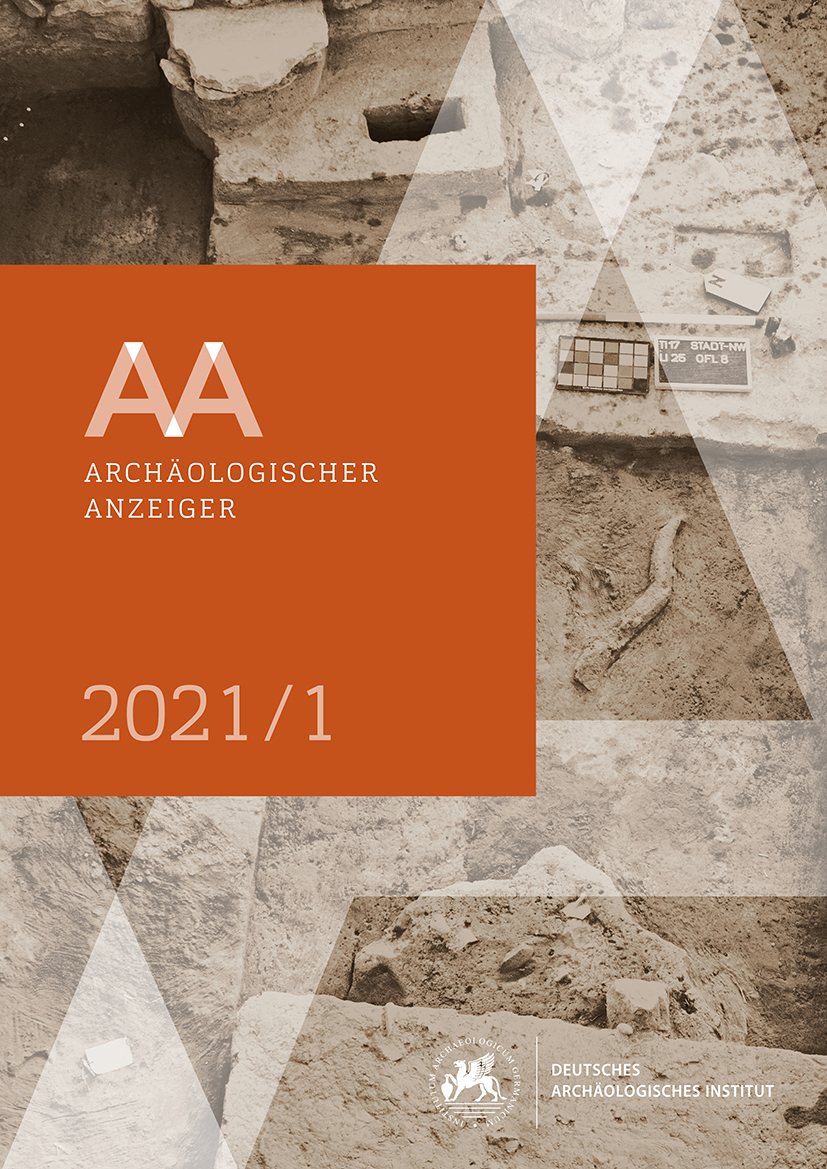Failed Roman Imperialism. An Unfinished Roman Aqueduct at Artaxata in Armenia
https://doi.org/10.34780/8f82-fyw2
Abstract
During the 2019 excavation campaign of the Armenian-German Artaxata Project, a previously magnetically detected anomaly was investigated. The excavation revealed a monumental line of opus caementicium foundations. These foundations relate to an unfinished aqueduct bridge that was built between A.D. 114–117 by the Roman army in the course of Artaxata becoming the capital of a Roman province of Armenia. Since Roman presence in Armenia was only short-lived, the aqueduct was never completed and abandoned after the Romans left the country. In the paper we discuss the archaeological evidence of the aqueduct, the historical context and project the aqueduct line to possible water sources. Furthermore, the geochemistry of the mortar is analyzed to characterize the mortar receipt which is Roman. The newly discovered aqueduct attests to failed Roman imperialism in Armenia.
Parole chiave:
Artaxata, Armenia, settlement archaeology, Roman imperialism, water supply, magnetic prospection





